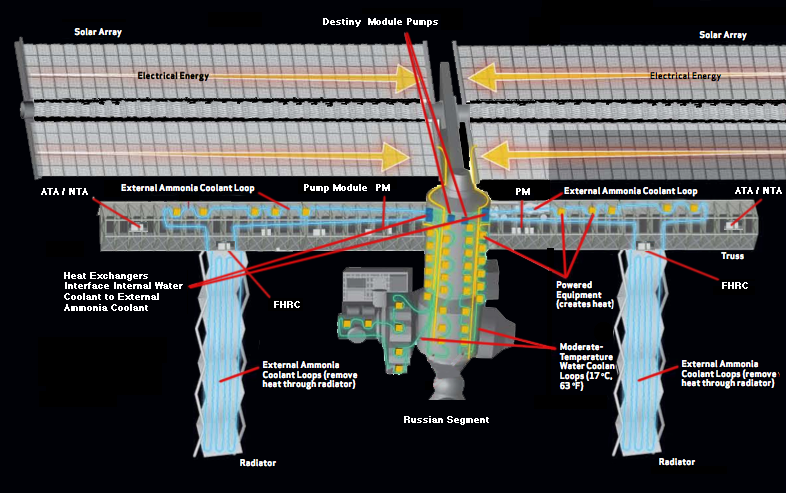At the USGBC Greenbuild Conference held in November of this year, the new LEED Version 4 was officially launched. This updated version has evolved due to a more market-driven green building market. The requirements for a LEED certified green building are more economically feasible and becoming the new standard for construction. In order to continue to drive the market towards greener construction, LEED Version 4 has made some significant changes, including more requirements (pre-requisites) and additional credits. A big portion of this change is focused on the energy performance of the building, which affects our commissioning process.
Description of New Commissioning Credits
When we are involved in a LEED certified project as the commissioning authority, we have responsibility over the specific commissioning credits. After this new launch, I reviewed how the changes in LEED will affect our overall process and what new details and requirements we should be aware of. The following sections describe four credits that are directly related to the work we do for new construction and how they have changed since the previous LEED version.
Energy and Atmosphere Prerequisite 1 (EAp1) – Fundamental Commissioning and Verification & Energy and Atmosphere Credit 1 (EAc1) – Enhanced Commissioning
The intent of this credit is “To support the design, construction, and eventual operation of a project that meets the owner’s project requirements for energy, water, indoor environmental quality, and durability.” This prerequisite is a requirement for LEED. One change to this credit is the requirement for an Operations and Maintenance Plan to be developed. This will contain all of the information needed for the building operators to understand and control the building as efficiently as possible.
The extended version of this credit is EAc1, Enhanced Commissioning worth up to 6 credits, which further supports the intent of EAp1 with additional requirements. In LEED 2009, this credit was only worth 2 points. There are now several paths that can be chosen to achieve this credit, with each path worth a different amount of points. Enhanced Commissioning (Path 1) is similar to the LEED 2009 credit. However, Path 2 uses monitoring-based commissioning, which requires the identification of points that will be evaluated to determine the performance of all energy consuming systems. Additionally, credits can also be obtained for envelope commissioning.
EAp3 – Building-Level Energy Metering & EAc3 – Advanced Energy Metering
The intent of this credit is “To support energy management and identify opportunities for additional energy savings by tracking building-level energy use.” This is a new prerequisite and requires building-level energy meters to be installed that can provide data on the entire building’s energy consumption, with the intent of sharing all energy consumption information to USGBC for five years. This is the first step to assessing the energy consumption of a building over time and analyzing if it is performing as expected.
The extended version of this credit is EAc3, Advanced Energy Metering worth 1 point, which requires that all meters be connected to the BMS (Building Management System) and will log data at an interval acceptable to LEED. Energy consumption trending can then be pulled from the BMS and be used to evaluate the building’s performance. This credit has replaced the LEED 2009 credit “Measurement & Verification.”
The Future of LEED Version 4
LEED Version 4 is available to be used on projects; however USGBC has left the previous version (LEED 2009) available until June 1, 2015 in order to allow users to familiarize themselves with the new approach over a period of time. It will be interesting to see how this new version will affect the performance of future LEED certified buildings. For more information on LEED Version 4, I recommend checking out the USGBC website.






